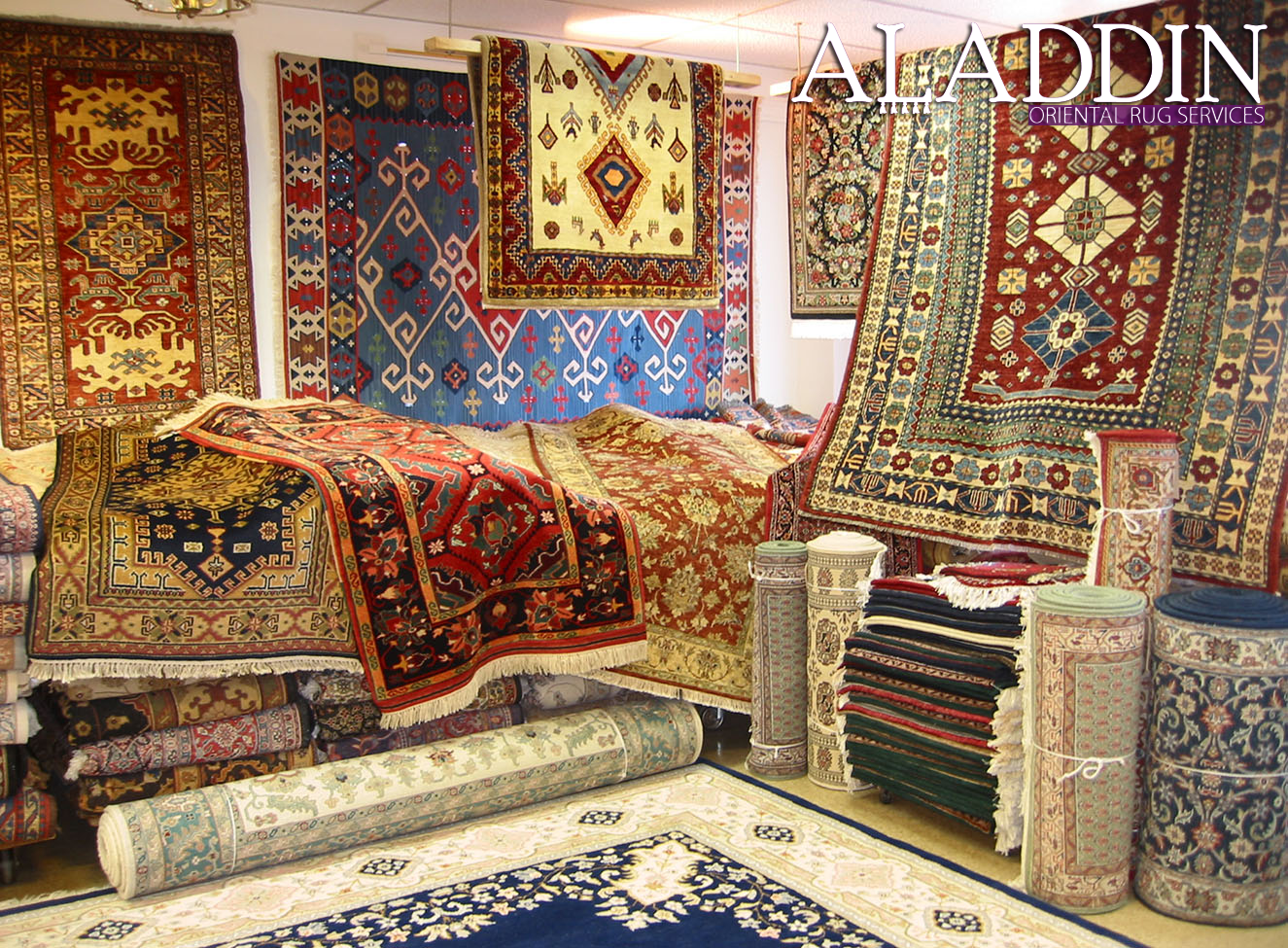History of Persian Rugs
Historical records document the notable role Persian rugs and textiles played as commodities in the international marketplace. As the interests of European and Eastern countries shifted towards trade and economic expansion, textiles became major boons for solidifying local luxury economies.
During the 15-1600s, raw silk and finely woven textiles were a major source of income for the Persian crown; the consistent stability of this market was disrupted by intense European competition in the 1700s- where extreme European export disrupted the international trade market. Over time, finished carpets replaced raw textiles as the major profit-drawing export, and European investors heavily increased commercial production of carpets in the East to meet demand – these are the Persian rugs most commonly familiar today.
Timeline of Persian Rug
1498 – Portuguese explorer Vasco de Gama finds new route oceanic route from Europe to the East
1553 – First Joint Stock company for foreign trade – the ‘Mysteries and Companies of Merchant Adventurers for the Discovery of Regions, Dominions, Islands and Places Unknown” – later known as the Muscovy Company – obtains exotic luxury goods from China, India, and Indonesia. The company travels a land and sea route through the Baltic Region, helping form a partnership with the Iranian Capital to cement the mutually beneficial trade relationship between England and Iran.
1600- English East India Company begins sending annual fleets to the Indian Coast, among competition from recently formed Dutch trading companies. These ships soon began immersing East-West trade routes with cargoes of silk, spices, metals, and notably, exotic textiles.
1615- Diplomatic trading rights established distribution of English wool for cold Persian winters – in exchange for Persian silk. This successful deal helped forge fixed trading posts for English textiles in Persia.
1758 – Polish textile factories for Persian designs formed
1875- The industrial revolution helps forge a new chapter in the international exchange of Persian carpets. With massive investments by foreign and local capitalists, the amount of carpets produced and exported rose exponentially.
1890 – The former cottage industry of rug design has been optimized in terms of raw material acquisition, dyeing and weaving, and ensuring quality standards such as standardized design templates – and the birth of the carpet sampler.
The history of the evolution of Persian rugs from regional artistry to macroeconomic catalyst for globalization says a-lot about the meaning of what may be considered a familiar household luxury item. By understanding the colorful history of this textile, one can come to appreciate a Persian rug as not only a source of decoration, but a rich source of conversation and ambiance within one’s home.


